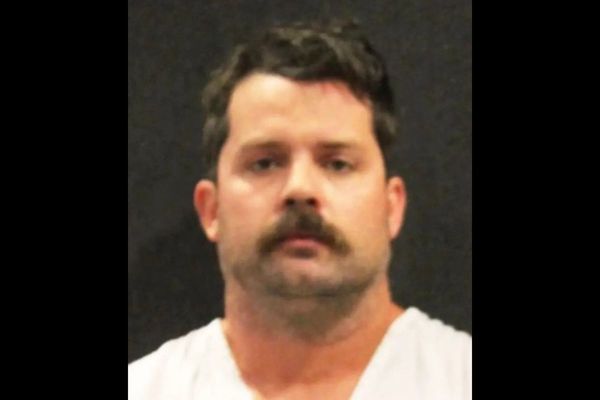
The iconic Newcastle Waters Station in the Northern Territory — once owned by Kerry Packer — has been revealed as the proposed location for the world's largest solar farm.
Sun Cable has told ABC Rural that it requires 12,000 hectares of the station to build a 10-gigawatt solar farm that would supply energy to Singapore via a 4,500-kilometre undersea cable.
The $20 billion project has the backing of tech billionaire Mike Cannon-Brookes, as well as resources billionaire (and new RM Williams owner) Andrew Forrest, and earlier this year it received major project status from the Federal Government.
Sun Cable has started the process of getting its environmental approvals in place, making a referral to the Northern Territory's Environment Protection Authority (EPA), and outlining further details about its plans for Newcastle Waters and its outstation, Powell Creek.
"We'll be using thousands of hectares of land, and we need to closely examine the impact on the ground at the solar farm end," Sun Cable CEO David Griffin said.
"There's a lot of black soil in that country, but that's a bit problematic for us, so we're [planning to build] on a substantial area of soil that's a bit different and a bit friendlier for us to construct on."
Mr Griffin said Newcastle Waters, which is currently owned by the Consolidated Pastoral Company (CPC), would receive some form of payment, but he would not go into more details because it was commercial-in-confidence.
In a statement, CPC's chief executive Troy Setter said "CPC fully supports Sun Cable and its exciting project to develop renewable energy capture on Newcastle Waters Station in the NT".
"Solar energy being captured in centre of the Northern Territory and transferred to Darwin and on to South-East Asia is a great project for the NT and Australia," he said.
Mr Griffin believed the project would deliver benefits to the cattle station.
"There will be new infrastructure that could be of mutual benefit, [such as] an access road," he said.
"We will also be building a rail siding, and conceivably that's something that could be of use to [CPC's] operations as well."
Some environmental hurdles for solar
Because of its scale, and despite it being a renewable energy project, the Sun Cable proposal will need to address a number of environmental concerns according to Paul Purdon, the NT Government's executive director of environmental assessment and policy.
"The NT EPA hasn't assessed many large land clearing proposals [like this one]," he said.
"The reason why the proponent Sun Cable has decided to initiate this referral themselves is because they can see this is a large proposal that includes a large amount of clearing and other components.
"So they're getting onto the front foot to say 'We think these need to be assessed', and allow the environmental impact assessment process to demonstrate they can manage any impacts to an acceptable level."
Sun Cable's referral to the EPA stated the project had "potential for significant impacts on the environment".
Mr Purdon said the project would need to address a number of environmental concerns such as the impact of large-scale land clearing, impacts on the marine environment when connecting power to Singapore, and to also address "some potentially big changes to the hydrology of that land [at Newcastle Waters]".
However, Mr Purdon said there were also "possibly some very positive environmental benefits from a greenhouse gas emissions point of view more broadly".
Mr Griffin said, when it came to greenhouse gas emissions and the implications of land clearing, the net greenhouse benefit would be "overwhelming for this project".
He said once construction was completed it would be "an ongoing supply of emission-free renewable electricity".
Construction set to begin in 2023
Sun Cable said it considered four areas in the Barkly for its solar farm and chose Newcastle Waters due to a range of factors including:
- High solar irradiance and low annual cloud cover metrics
- A long history of ecological disturbance from pastoral activities
- Low potential for disturbance to surrounding land uses and receptors
- Proximity to the Adelaide to Darwin railway, which is proposed to be used for component delivery
- Proximity to the Stuart Highway for vehicle access and fibre optic cable connection
Sun Cable said it was possible that "additional or alternate solar farm sites" would be identified during the development process.
A final investment decision is yet to be made, but if all goes to plan for Sun Cable construction is expected to start in late 2023 with solar energy to reach Darwin in 2026 and Singapore the following year.







